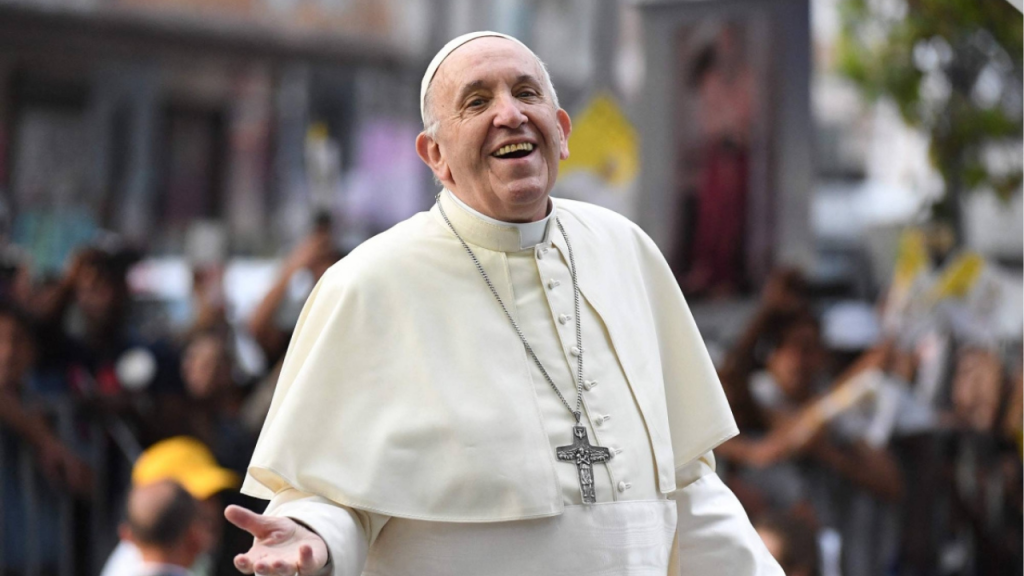Pope Francis, the spiritual leader of over 1.4 billion Catholics worldwide, passed away on Easter Monday, April 21, 2025, at the age of 88. His death marks the end of a significant era in the Roman Catholic Church, closing a chapter defined by his efforts to reform and modernize the institution while championing the marginalized.
The announcement came at 9:45 AM from Cardinal Kevin Farrell, the Camerlengo of the Apostolic Chamber, who solemnly declared the passing of the Bishop of Rome from the Vatican’s Casa Santa Marta. “At 7:35 this morning, the Bishop of Rome, Francis, returned to the house of the Father,” he said, paying tribute to the late pope’s lifelong dedication to the Gospel and his unwavering commitment to the poor and disenfranchised.
Final Days and Health Struggles
Pope Francis had been battling several age-related health issues for years, including chronic respiratory problems. In February 2025, he was hospitalized at Rome’s Agostino Gemelli Polyclinic for a severe bout of double pneumonia, spending 38 days under medical care before returning to his Vatican residence to continue recovery. Despite his frailty, he delivered an Easter message just a day before his death, blessing thousands gathered at St. Peter’s Square.
The Interregnum: What Happens Next?
With the pope’s passing, the Vatican now enters an interregnum period—the time between the death of a pope and the election of his successor. The Camerlengo plays a crucial role in this phase, first verifying the pope’s death by calling out his baptismal name three times. Upon confirmation, the Camerlengo seals the papal apartments and oversees the destruction of the Fisherman’s Ring and the papal seal, symbolizing the end of the late pope’s reign.
A funeral Mass, governed by the Universi Dominici Gregis constitution, will be held within 4 to 6 days, followed by a nine-day mourning period. Pope Francis is expected to be laid to rest at St. Peter’s Basilica unless he had requested otherwise.
The Papal Conclave: Choosing the Next Leader
Approximately 15 to 20 days after the pope’s death, the College of Cardinals under the age of 80 will convene in a secret conclave within the Sistine Chapel. Isolated from the outside world and media, they will cast ballots in successive rounds until a candidate secures a two-thirds majority. The results are signaled by smoke from the chapel’s chimney—black smoke indicating no decision, white smoke announcing the election of a new pope.
Once elected, the new pope is asked to accept the role and choose a papal name, often inspired by saints or predecessors. The Senior Cardinal Deacon then announces “Habemus Papam” (“We have a pope”) from the balcony of St. Peter’s Basilica, where the new pontiff greets the faithful and imparts his first apostolic blessing.
Legacy of Pope Francis
Born Jorge Mario Bergoglio in Buenos Aires, Argentina, Pope Francis was the first Latin American pope and the first Jesuit to hold the office. Elected in 2013 following the unexpected resignation of Pope Benedict XVI, he sought to steer the Church toward greater inclusivity, humility, and outreach to the poor. His papacy was marked by efforts to address the clerical sex abuse crisis, promote interfaith dialogue, and advocate for environmental stewardship.
Despite facing opposition from conservative factions within the Church, Francis remained a beloved global figure for many, known for his simplicity, compassion, and progressive vision.
As the Catholic world mourns the loss of Pope Francis, attention now turns to the Vatican’s centuries-old traditions that will guide the election of his successor, ushering in a new chapter for the Church and its followers worldwide.

